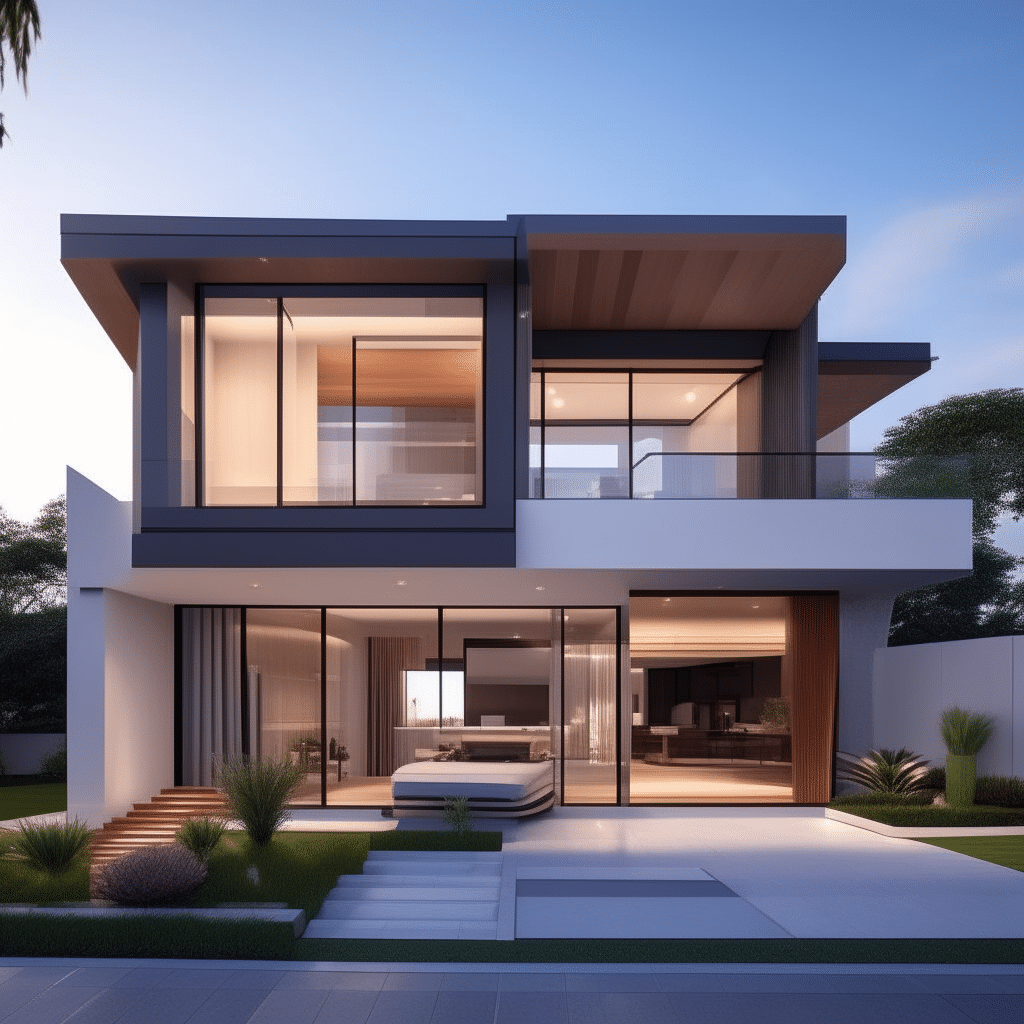Table of Contents
Building or renovating your home is an exciting journey, filled with the potential to create a space that reflects your unique lifestyle and aspirations. If you’d like to know more about home design in Melbourne be sure to head over to Carlisle Homes. To navigate this process effectively, focusing on key elements during the design phase can ensure your home is aesthetically pleasing, functional, comfortable, and a true reflection of you.
1. Align with Your Lifestyle:
Needs and Habits:
Start by identifying your daily routines, hobbies, and entertainment preferences. Do you love cooking elaborate meals? Need a dedicated workspace? Understanding your needs helps tailor the design to your lifestyle.
Consider Future Needs:
Think ahead! Will your family grow? Do you plan to work from home permanently? Designing with future needs in mind ensures your home remains adaptable and functional over time.
Accessibility and Comfort:
Prioritize accessibility features like wider doorways, grab bars, or ramps, even if they seem unnecessary currently. These features contribute to long-term comfort and inclusivity.
2. Functionality Reigns Supreme:
Space Optimization:
Utilize space efficiently. Consider open floor plans for a cohesive flow, built-in storage solutions for clutter control, and multi-functional furniture to maximize usability.
Traffic Flow:
Design for smooth transitions between rooms, avoiding bottlenecks or awkward layouts. Consider traffic patterns and optimize flow for everyday activities.
Natural Light and Ventilation:
Embrace natural light with strategically placed windows and skylights. Ensure adequate ventilation throughout the house for a healthy and comfortable environment.
3. Personalize Your Palette:
Colour Psychology:
Colours evoke emotions and influence mood. Choose colours that resonate with you and create the desired atmosphere in each room.
Material Harmony:
Select materials that complement each other visually and texturally. Consider durability, maintenance requirements, and sustainability when making your choices.
Lighting Design:
Utilize different lighting layers – ambient, task, and accent – to create depth, highlight features, and set the mood for various activities.
4. Technology Integration:
Smart Home Solutions:
Explore smart home features like automated lighting, temperature control, or security systems for enhanced convenience and comfort.
Connectivity Hubs:
Designate dedicated spaces for charging stations, internet access points, and cable outlets to avoid unsightly cords and ensure seamless connectivity.
Future-Proofing:
Consider pre-wiring for future technology upgrades, ensuring your home remains adaptable to evolving needs.
5. Don’t Forget the Details:
Curb Appeal:
Invest in landscaping, exterior paint, and inviting entryways to create a welcoming first impression.
Storage Solutions:
Incorporate ample storage solutions throughout the house, from built-in cabinets to strategically placed shelves, to keep things organized and clutter-free.
Personal Touches:
Include artwork, photographs, and other meaningful items that reflect your personality and create a sense of home.
Adding LED art for your wall can transform any room with a modern touch of style and ambient lighting. These unique pieces serve as both art and functional lighting, enhancing the mood and visual appeal of your space. Consider LED wall art as a way to personalize your home with vibrant, energy-efficient decor.
Conclusion
Architects, interior designers, and contractors can offer invaluable expertise, guide you through the design process, and ensure your vision becomes a reality. By prioritizing your needs, incorporating functionality, embracing your style, and seeking professional guidance when needed, you can create a space that is not just beautiful, but also a true reflection of your unique self and a haven for years to come.


